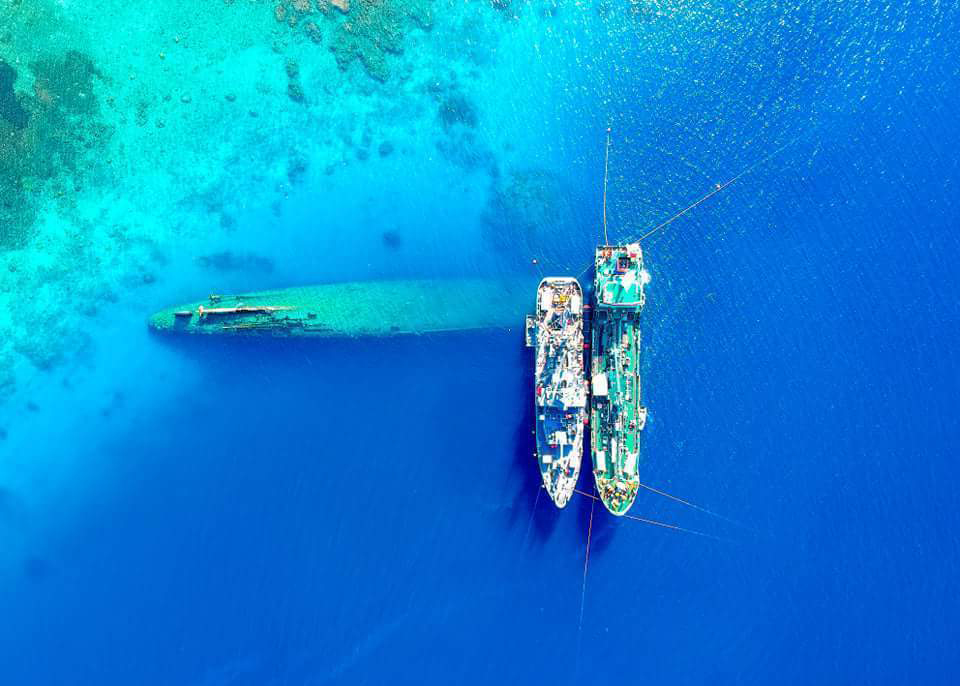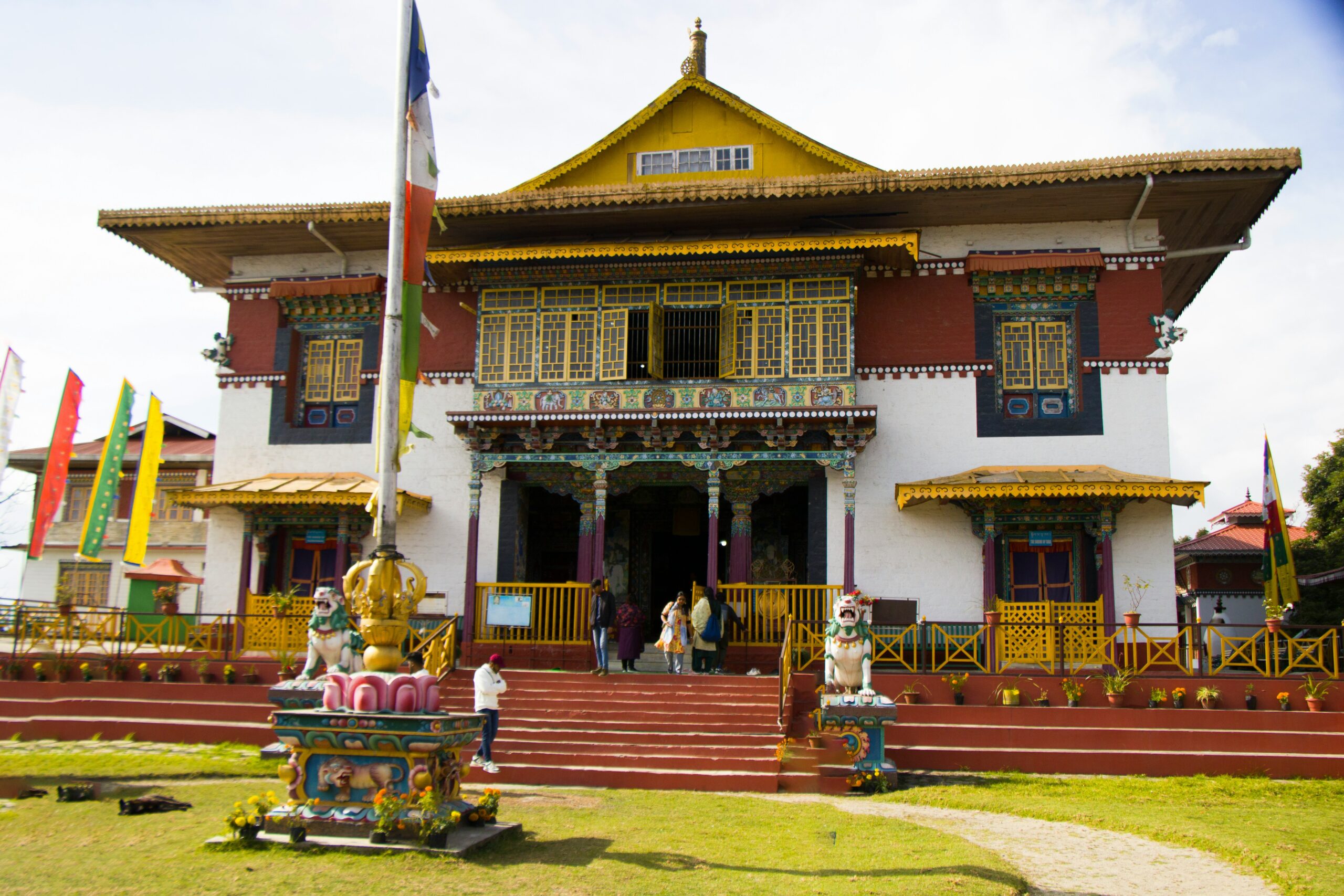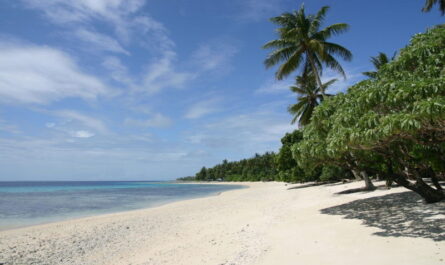Kwajalein Atoll, part of the Marshall Islands, is a diver’s paradise teeming with history, mystery, and unparalleled marine beauty. This atoll, often referred to as the “jewel of the Pacific,” is not only home to vibrant marine ecosystems but also serves as an underwater museum of World War II artifacts. Its crystal-clear waters reveal a fascinating world where history meets marine life, making it one of the most intriguing diving destinations on Earth.
This article delves into the unique features of Kwajalein Atoll, exploring its rich history, diverse marine ecosystems, and the unforgettable diving experiences it offers.
1. Kwajalein Atoll: A Gateway to History and Marine Exploration
Geographic Significance
Kwajalein Atoll, the largest coral atoll in the world in terms of land area, spans over 2,800 square kilometers of lagoon and 97 islets. Its central location in the Pacific makes it a hub for marine biodiversity and a repository of World War II history.
The atoll’s lagoon, with depths reaching up to 90 meters, serves as a natural harbor. This vast body of water is scattered with shipwrecks, aircraft remnants, and other relics from the Pacific Theater of World War II, offering divers a glimpse into the past.
2. A WWII Underwater Museum
During World War II, Kwajalein Atoll was a strategic location for both Japanese and American forces. The fierce battles fought in its waters left behind a wealth of artifacts, which today lie scattered across the seabed, creating an unparalleled underwater museum.
Sunken Ships
The lagoon is home to numerous shipwrecks, each with its own story. Some of the most notable wrecks include:
- Japanese Transport Ships: These vessels, sunk during U.S. air raids, now serve as artificial reefs teeming with marine life.
- USS Anderson: A U.S. Navy destroyer that played a pivotal role in the Battle of Kwajalein, its remains now host a diverse array of marine organisms.
Aircraft Wrecks
The waters of Kwajalein Atoll also conceal the remnants of fighter planes and bombers, such as:
- Zero Fighters: Japanese aircraft that crashed during the battles, now resting on the lagoon floor.
- American B-25 Bombers: These aircraft provide divers with a fascinating look at wartime aviation.
3. Marine Life: A Vibrant Ecosystem Amongst the Wrecks
The wrecks in Kwajalein’s lagoon have transformed into thriving artificial reefs, attracting an astonishing array of marine life. For divers, this combination of history and biodiversity makes every dive an unforgettable experience.
Coral Growth
The wrecks are encrusted with vibrant corals, from hard corals like brain and staghorn coral to soft corals that sway gently in the currents. These corals not only enhance the beauty of the wrecks but also provide essential habitats for marine organisms.
Fish Species
Kwajalein Atoll is home to an array of fish species, including:
- Angelfish and Butterflyfish: Their vivid colors create a striking contrast against the rusted hulls.
- Pelagic Species: Schools of tuna, barracuda, and jacks patrol the waters, adding excitement to dives.
- Reef Dwellers: Groupers, parrotfish, and clownfish make their homes amongst the coral-encrusted wrecks.
Sharks and Rays
For those seeking encounters with larger marine animals, Kwajalein does not disappoint. Blacktip reef sharks, eagle rays, and occasionally manta rays glide gracefully through the lagoon, offering thrilling sights for divers.
4. Top Dive Sites in Kwajalein Atoll
Kwajalein Atoll offers a variety of dive sites, each with its own unique features. Here are some of the must-visit locations:
Ebeye Lagoon
Ebeye Lagoon is known for its shallow dive sites, making it ideal for beginners. The wrecks here are relatively intact, providing fascinating opportunities to explore history while enjoying the colorful marine life.
Deep Wrecks
For advanced divers, the deeper wrecks in Kwajalein’s lagoon offer unparalleled adventures. These sites require technical diving skills but reward explorers with views of well-preserved artifacts and rare marine species.
Coral Gardens
Beyond the wrecks, Kwajalein boasts lush coral gardens teeming with life. These vibrant reefs are perfect for photography enthusiasts and those seeking to immerse themselves in the beauty of untouched marine ecosystems.
5. Cultural and Environmental Considerations
Preserving History
The wrecks in Kwajalein Atoll are more than just dive sites; they are historical monuments. Divers are encouraged to respect these underwater relics by avoiding physical contact and leaving artifacts undisturbed.
Marine Conservation
Kwajalein Atoll faces environmental challenges, including coral bleaching and overfishing. Local conservation efforts aim to protect the atoll’s ecosystems, ensuring that its beauty and biodiversity are preserved for future generations.
Cultural Respect
For the Marshallese people, Kwajalein Atoll holds cultural significance. Visitors are encouraged to engage with the local community, learn about their traditions, and respect their connection to the land and sea.
6. Diving Tips for Kwajalein Atoll
Diving in Kwajalein requires preparation and adherence to safety guidelines. Here are some tips for a successful trip:
Best Time to Dive
The best diving conditions in Kwajalein Atoll occur between November and May, when the weather is calm, and visibility is excellent.
Diving Certification
Many of the wrecks in Kwajalein are located at depths that require advanced or technical diving certifications. Divers should ensure they have the appropriate qualifications before embarking on their adventures.
Gear and Equipment
While some dive operators provide rental equipment, bringing your own gear ensures a comfortable and familiar experience.
Local Dive Operators
Choose eco-conscious dive operators that prioritize safety and environmental responsibility. These professionals not only enhance the diving experience but also contribute to the conservation of Kwajalein’s marine ecosystems.
7. Beyond Diving: Exploring Kwajalein Atoll
While diving is the primary attraction, Kwajalein Atoll offers other activities that allow visitors to appreciate its natural beauty and cultural heritage.
Snorkeling
For those who prefer to stay closer to the surface, snorkeling in Kwajalein’s lagoon provides breathtaking views of coral reefs and marine life.
Island Hopping
Explore the atoll’s many islets, each with its own charm. From pristine beaches to lush vegetation, these islands are perfect for relaxation and adventure.
Cultural Tours
Engage with the local community through cultural tours that showcase traditional Marshallese crafts, storytelling, and dance.
8. The Future of Diving in Kwajalein
Kwajalein Atoll’s unique combination of history and biodiversity makes it a valuable destination for eco-tourism. However, sustainable practices are essential to protect its fragile ecosystems and historical sites.
Sustainable Tourism
Promoting sustainable tourism ensures that Kwajalein’s natural and cultural resources are preserved for future generations. This includes responsible diving practices, waste reduction, and supporting local businesses.
Community Involvement
Involving the local community in tourism development fosters a sense of ownership and pride, encouraging the preservation of Kwajalein’s unique heritage.
Conclusion: A Journey Through Time and Nature
Diving in Kwajalein Atoll is a transformative experience that combines the thrill of underwater exploration with the reverence for history and nature. The sunken ships and aircraft serve as poignant reminders of the past, while the vibrant marine life showcases the resilience and beauty of the ocean.
For divers and history enthusiasts alike, Kwajalein offers an unparalleled adventure. By respecting its ecosystems and engaging with its cultural heritage, visitors can contribute to the preservation of this Pacific gem, ensuring that its wonders continue to inspire for generations to come.



